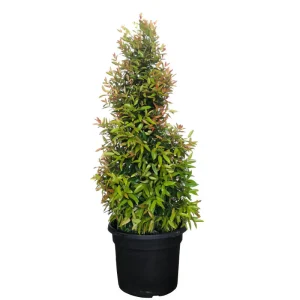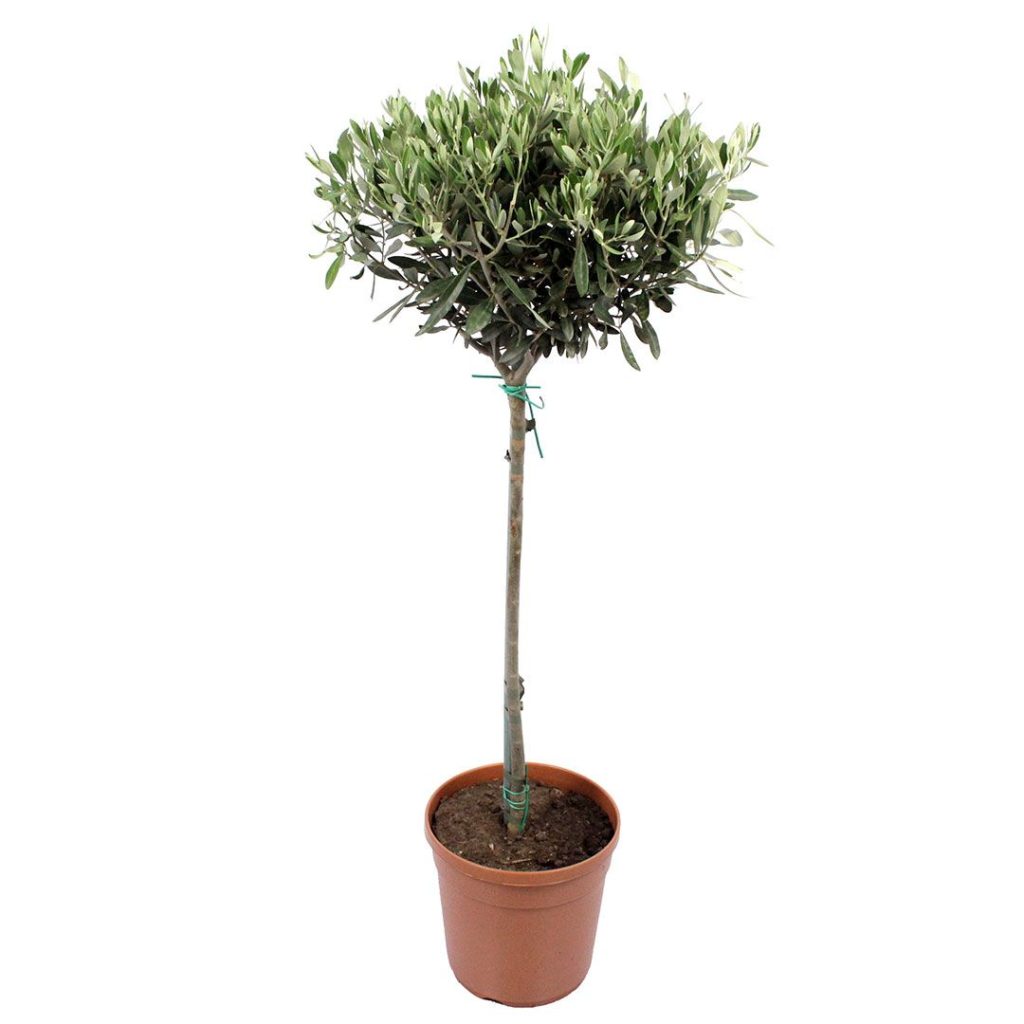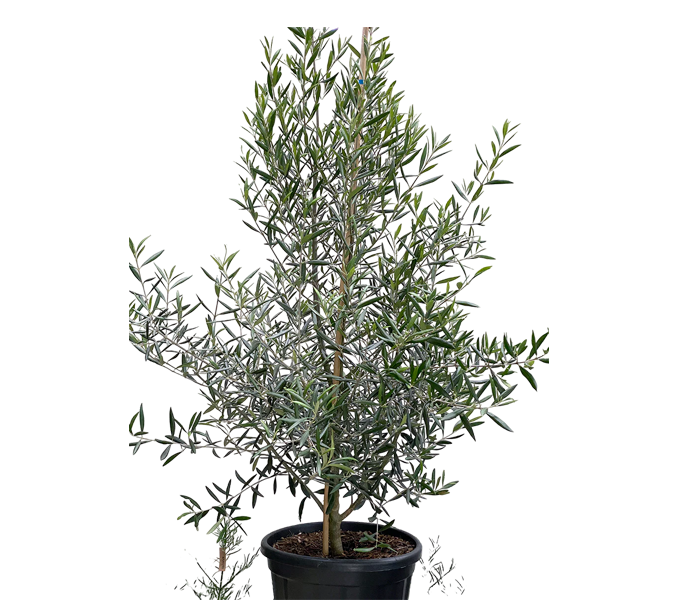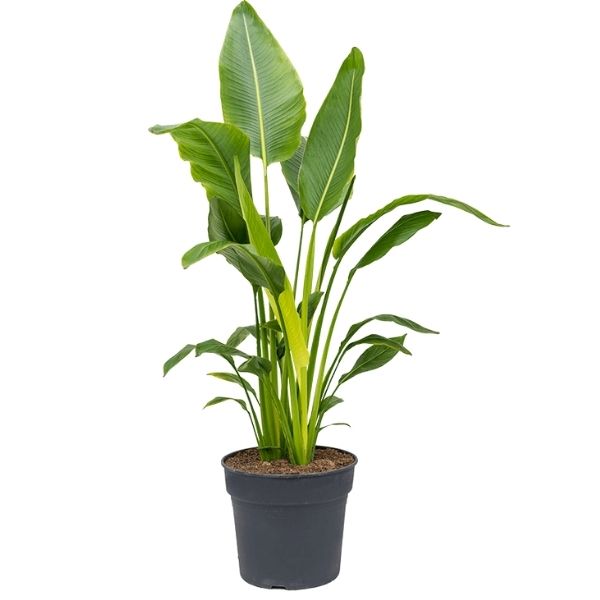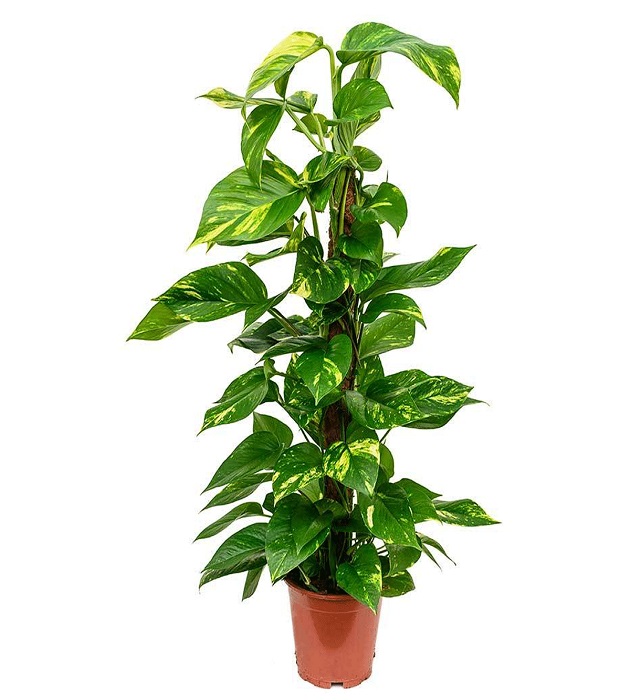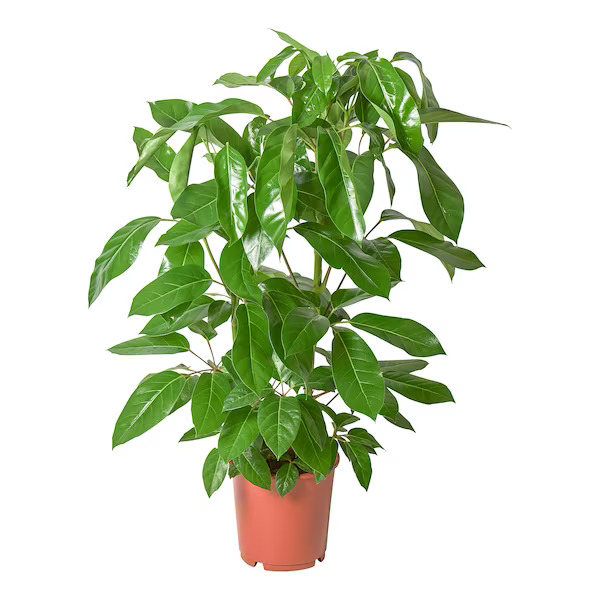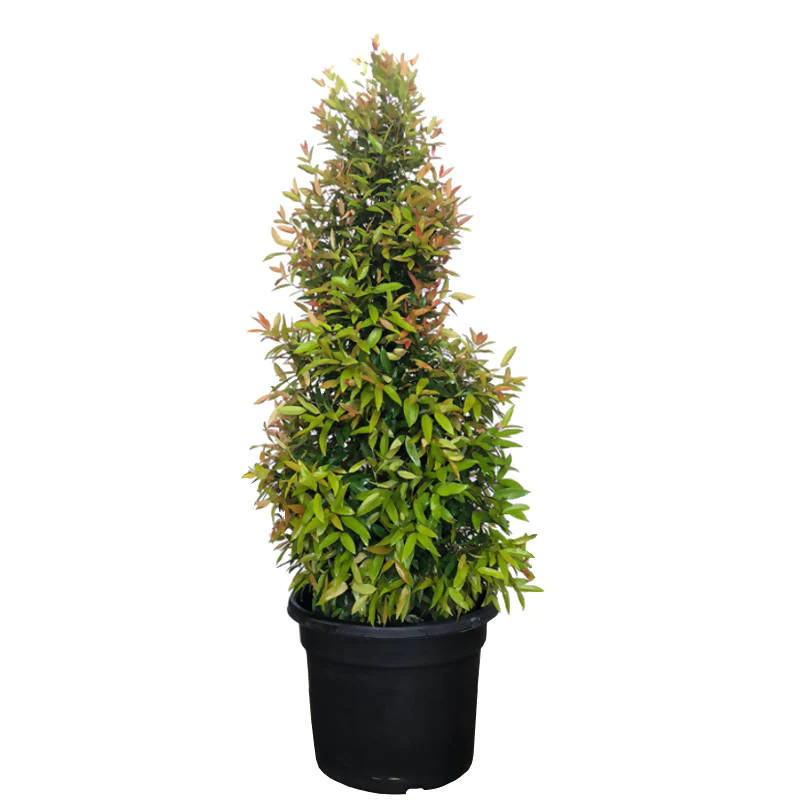Monstera Plant (Swiss Cheese Plant)
Monstera deliciosa, also known as the Swiss Cheese Plant, is one of the most iconic houseplants in the world. Loved for its large, split leaves and tropical vibe, the Monstera thrives in Kenya’s indoor climate when properly cared for. Whether you’re decorating a modern apartment in Nairobi or adding greenery to your office in Westlands, this plant makes a bold, stylish statement.
Why Choose Monstera for Your Space?
- Air purification: Monstera helps filter airborne toxins like formaldehyde.
- Decor appeal: Large, dramatic leaves add an instant jungle feel.
- Low maintenance: Adapts well to Kenyan indoor environments with moderate care.
- Humidity-loving: Does well in humid locations like bathrooms or kitchens.
Cultural and Symbolic Significance of Monstera
- In Feng Shui: Monstera is associated with upward growth, ambition, and expansion. It’s considered a lucky plant that energizes a space.
- In Latin America: Native to tropical rainforests, Monstera represents abundance and vitality.
- Modern symbolism: Monstera is an icon of modern design, often featured in prints, fabrics, and architecture due to its sculptural form.
Ideal Conditions for Monstera in Kenya
- Light: Bright, indirect light is best. Avoid harsh midday sun that can scorch the leaves.
- Temperature: Between 18°C and 28°C. Avoid cold drafts.
- Humidity: Moderate to high. You can mist the leaves or place near a bathroom.
How to Plant and Pot Monstera
- Choose a pot with drainage holes and a minimum 30 cm diameter.
- Use a well-draining potting mix (1 part loam, 1 part coco peat, 1 part compost).
- Position the root ball slightly below the rim of the pot and fill in around with soil mix.
- Water thoroughly until water drains from the bottom, then allow topsoil to dry between waterings.
Monstera Care Tips
- Watering: Water once a week or when top 2–3 cm of soil feels dry.
- Feeding: Use a liquid houseplant fertilizer once a month during growing season (March–October).
- Support: Use a moss pole or trellis as Monstera is a natural climber.
- Leaf care: Wipe leaves monthly with a damp cloth to remove dust and keep them glossy.
Common Issues and How to Solve Them
- Yellow leaves: Often due to overwatering or poor drainage. Reduce frequency and check soil aeration.
- Browning tips: Caused by low humidity or chlorine in tap water. Use filtered water and increase misting.
- No leaf splits: Monstera needs more light to develop fenestrations (holes and splits). Move to a brighter location.
Monstera Pests & Prevention
- Spider mites: Appear as fine webbing and tiny yellow dots. Spray with neem oil or insecticidal soap.
- Mealybugs: White, cottony pests that hide in leaf nodes. Remove with alcohol on a cotton swab.
- Fungus gnats: Overwatering is the main cause. Let soil dry between watering and use sticky traps.
Is Monstera Safe for Pets?
⚠️ Important: Monstera is toxic to cats and dogs if ingested. It contains calcium oxalates which can cause mouth irritation, drooling, and vomiting. Place the plant out of reach of pets or choose pet-safe alternatives like Spider Plant or Areca Palm.
Decor Styling Tips
- Living room: Place next to a window with a neutral-colored fiberglass planter.
- Bathroom: Use in a large corner with higher humidity. Just ensure natural light is available.
- Office: Place behind a chair or near a shelf for a calm, natural vibe.
Where to Buy Healthy Monstera Plants in Kenya
You can shop well-rooted Monstera plants from Planters.co.ke. We deliver potted and bare-root options across Nairobi, Mombasa, Kisumu, and other major towns.
Final Thoughts
Monstera is an excellent choice for anyone looking to add dramatic greenery and life to indoor spaces. With proper light, watering, and minimal care, it will reward you with gorgeous, perforated leaves that keep getting better with time. It’s more than a plant—it’s a statement of style and a tribute to nature’s artistry.

